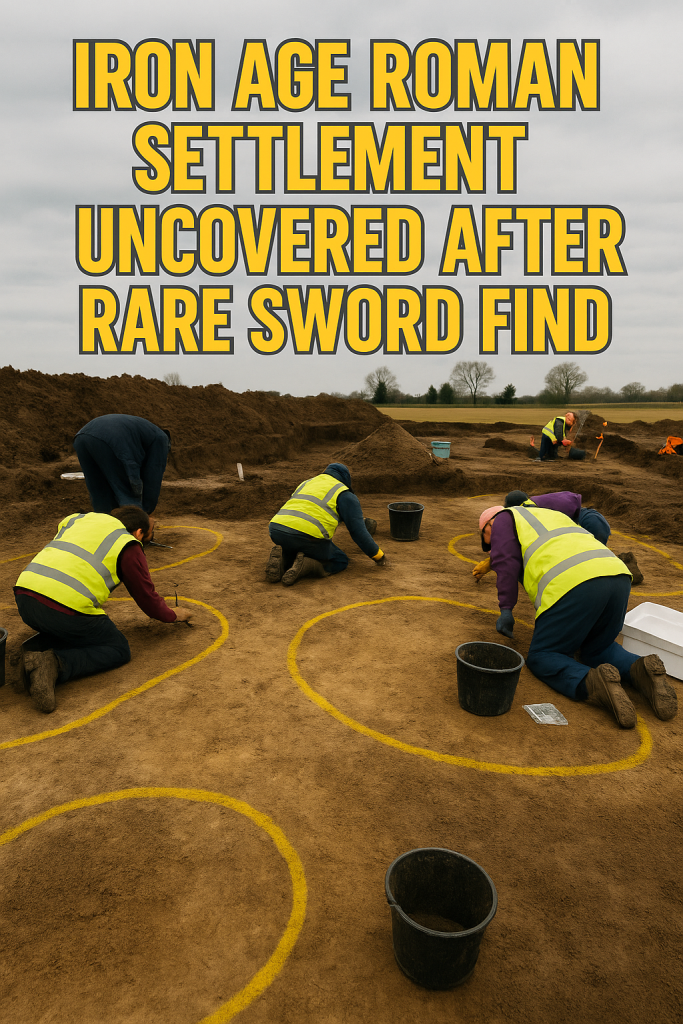In a groundbreaking breakthrough that bridges millennia, scientists have successfully decoded DNA from an Egyptian individual who lived approximately 4,800 years ago, shedding new light on the population dynamics during the era of the pyramids. This landmark study, published in 2024, offers unparalleled insights into the genetics, lifestyle, and migrations of ancient Egyptians at one of civilization’s most intriguing junctures.
The DNA sample was extracted from skeletal remains discovered near the ancient city of Abusir, close to the Giza plateau, where some of the world’s most iconic pyramids were constructed. Dating back to Egypt’s Old Kingdom period, which famously produced the Great Pyramid of Giza, the genome provides a rare glimpse into the people who built these incredible monuments.
What makes this discovery so significant? While previous genetic analyses had been conducted on Egyptian mummies from later periods, this new study focuses on an individual from the pyramid age itself—offering a direct window into the early dynastic population. Analysis reveals that the individual’s genetic profile was distinctly North African but also shared ancestry links with populations from the Near East and eastern Africa, highlighting ancient migration and trade routes that shaped early Egyptian society.
One of the most striking revelations is the relative genetic continuity in the region. Contrary to some earlier theories proposing major invasions or population replacements during the Old Kingdom, the data indicate that the population was genetically stable, with gradual admixture rather than abrupt changes. This challenges assumptions about how the pyramid builders’ society evolved and offers a more nuanced understanding of their complex origins.
Researchers also uncovered markers associated with diet, health, and physical traits. The genome showed signs of adaptation to the Nile Valley environment, including metabolic traits that would have supported a starch-rich diet reliant on cereals like emmer wheat and barley—staples of the Old Kingdom economy. Furthermore, there was evidence of genetic resistance to local pathogens, suggesting early Egyptians had developed immunities that helped sustain a dense population along the Nile.
The implications extend beyond genetics. By coupling genomic data with archaeological records, scientists are piecing together a richer narrative about life during the pyramid-building era. This includes the movement of people, the interactions between different ethnic groups, and the biological impact of early urbanization on human health.
As one expert involved in the study explained, “This genome is like a time capsule. It allows us to connect directly with the people who lived during a pivotal period of human history and to understand their biology in a way that was previously impossible.”
Beyond its historical significance, the study exemplifies the cutting-edge techniques now available in ancient DNA research, which continues to transform our understanding of human history by adding the dimension of genetics to archaeology and anthropology. Scientists hope that future analyses of other individuals from this period will build a comprehensive genetic map of ancient Egyptian society.
For the public fascinated by Egypt’s timeless monuments, the discovery offers a profound new connection—not just to the stones and relics of the pyramid age, but to the very people who crafted them thousands of years ago.



